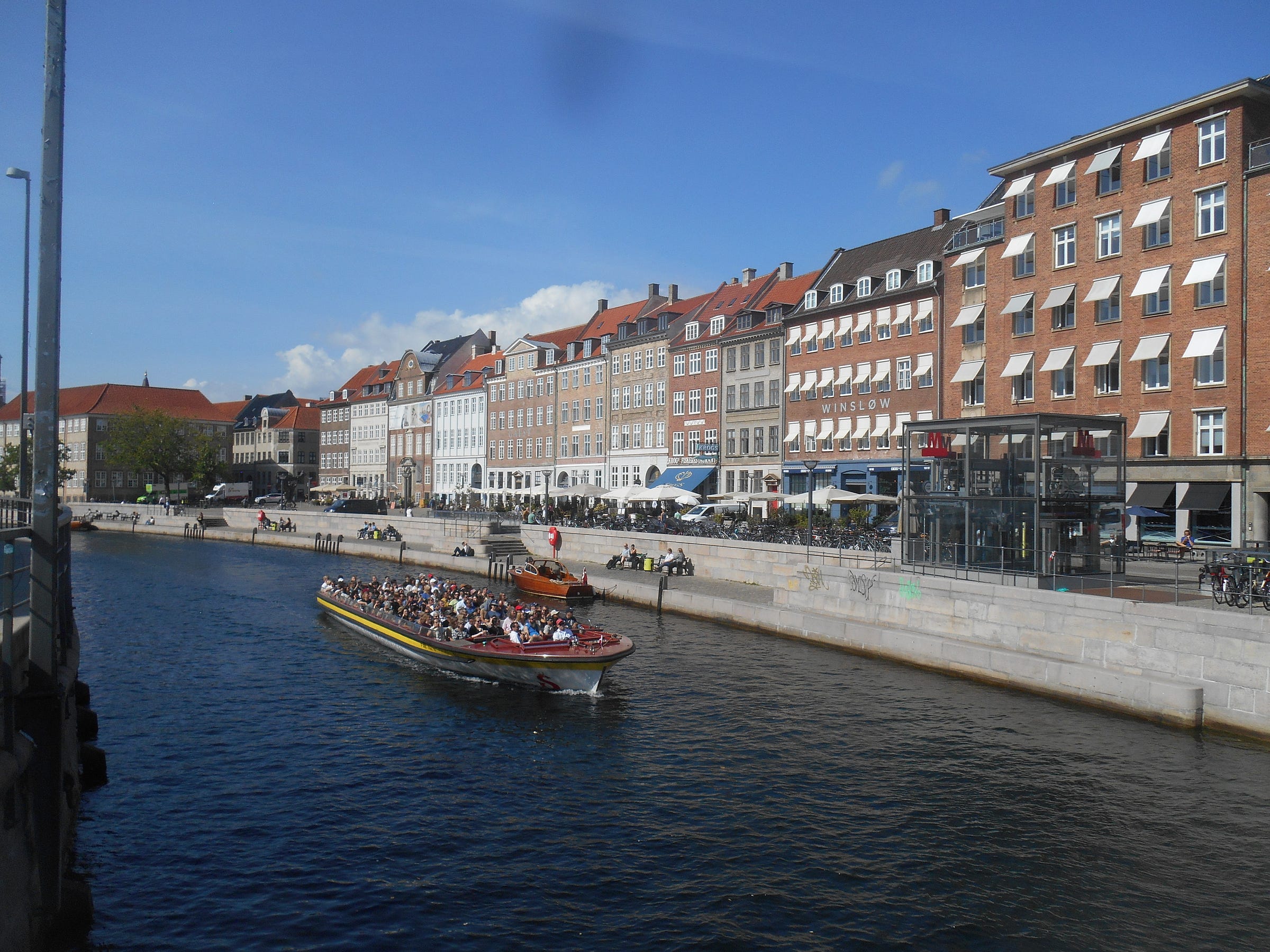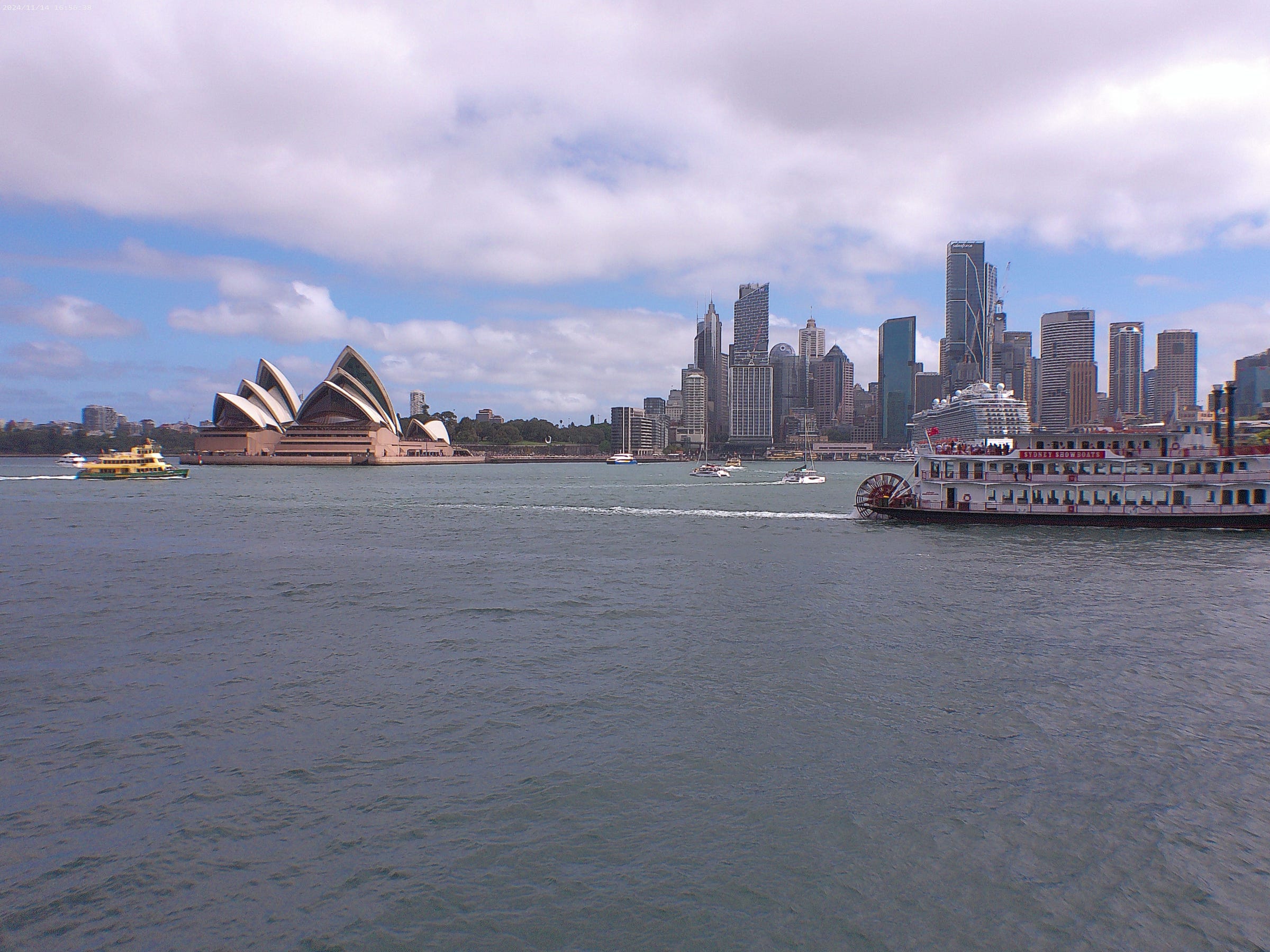My Experience with Black Holes and Bright Memories in the Heart of Copenhagen
Part 1: A Brief History About this Remarkable Scandinavian Country and its Major Accomplishments that Reach Far Beyond its Small Size

This is the beginning of a multi-part series about my first-time visit to Copenhagen, Denmark in late August 2024. My intention is to provide a comprehensive overview of this Scandinavian city on multiple levels that I also hope will serve as an invitation for readers to visit there sometime.
The countries of Scandinavia have been a personal source of fascination for as long as I can remember. With Sweden, Norway, and Denmark commonly understood as traditionally Scandinavian, they along with Iceland and Finland comprise the more broadly-defined Nordic countries of Europe that share an attractive and welcoming identity based upon openness, hospitality, reverence for the environment, and a deeply interrelated historical connection with one another. As for the three main countries that make up Scandinavia, they also share closely related languages derived from a common source many centuries ago, though now different enough to make communication between Swedes, Norwegians, and Danes difficult, if not outright impossible beyond simple conversations. As such, while there are major similarities between the Scandinavian countries, there are also important differences that can only be appreciated by direct experience with each one.
Until recently, my direct contact with Scandinavia was confined to visiting Stockholm, Sweden four times several years ago, first to attend a physics conference in July 2012 followed by three return visits to work with an academic colleague. While I gained a lot of enjoyment and personal insights when immersed in Swedish culture at the time, I also knew that my deeper understanding of Scandinavia overall would necessarily be limited in scope. Therefore, when I learned about an upcoming physics conference on black holes to be hosted by the Niels Bohr Institute in Copenhagen, Denmark on August 26-30, 2024, it became clear that I wanted to be there for much more than just the conference experience.
A Brief History of Denmark and Its Significance in the Wider World
Denmark has had an interesting history filled with a combination of peaceful coexistence and aggressive conquest throughout. While never an outright part of the Roman Empire, there is evidence of trade routes between some Roman provinces and Danish native tribes living during the Roman Iron Age of 1-400 AD. After the fall of the Western Roman Empire and during the Viking warrior period from the 8th to 10th century AD, the Danish Vikings repeatedly raided western Europe and the eastern-to-southern regions of Great Britain, with evidence of Viking settlements in England and France to appear.
There were also various armed conflicts between Denmark and its Scandinavian neighbours from the early 1600s through to the early 19th century, which included along the way Danish aspirations for the colonization of territories in parts of Europe, North America, Africa, and Asia. In fact, today Denmark still has sovereign control of two main territories situated far outside of the country. The first one is the Faroe Islands, an autonomous territory located roughly half-way between Scotland and Iceland. The second one is Greenland, the world’s largest island located directly east of the Canadian Arctic Archipelago that also operates as an autonomous territory. Residents of both the Faroe Islands and Greenland are citizens of Denmark.
Denmark’s Achievements in Literature and Architecture
While clearly the smallest of the three traditional Scandinavian countries by geography and with a population of about 6 million people, Denmark has a noteworthy level of achievement and worldwide cultural influence for its size in recent history. For example, Tycho Brahe was a Danish astronomer during the Renaissance period of the 1500s whose remarkably precise astronomical observations prior to the invention of the telescope were essential to later determine that the Earth and other planets in the Solar System orbited the Sun. In the field of literature during the 1800s, Hans Christian Andersen’s legacy is unrivalled as an inspirational children’s fairy tale author who penned classics like The Emperor’s New Clothes, The Ugly Duckling, and The Little Mermaid that are cherished worldwide for their memorable life lessons embedded therein.
When in the 1950s the Australian government sought out bids to design an innovative performing arts centre situated on the south shore of Sydney Harbour, Danish architect Jørn Utzon produced the winning design with its famous sail-like features that are instantly recognizable worldwide. Utzon’s spectacular creation of the Sydney Opera House was later declared a UNESCO World Heritage Site in 2007, and many Danes travel to Australia each year to see his architectural design for themselves.

Past and Present Achievements in Science and Technology
The 1922 Nobel Prize laureate Niels Bohr is regarded by physicists worldwide as among the most significant influencers in the development of quantum mechanics during the early 20th century, particularly for his advocacy of its so-called “Copenhagen interpretation,” with far-reaching implications in both the future development of physics research and its impact on human culture. He was philosophically influenced by the noted 19th century Danish existentialist philosopher, Søren Kierkegaard. Bohr was also instrumental in the founding of the world-class theoretical physics institute in Copenhagen that now bears his name.
Most recently, Lene Vestergaard Hau, a Danish-born professor of physics working at Harvard University was able to successfully slow down a beam of light completely in 2001 using a Bose-Einstein condensate, with major future implications for developments in quantum computing and encryption. As well, there are several noteworthy Danish computer scientists and software engineers, such as Anders Hejlsberg, Rasmus Lerdorf, Bjarne Stroustrup, and others with major achievements to their credit.
Author’s Note: This multi-part series on Copenhagen continues with Part 2: My Preparation for Arrival to Denmark and First Impressions




The development of Nordic Noir -crime genre in TV series- is a notable example of their great contribution to the world
Hi. Please feel free to comment on this article anytime if you like what I've written or have anything constructive to add. Also, please take a moment to check out my "About" page and become a free subscriber to "Scientist World Traveller" if you haven't already done so. Thank you.